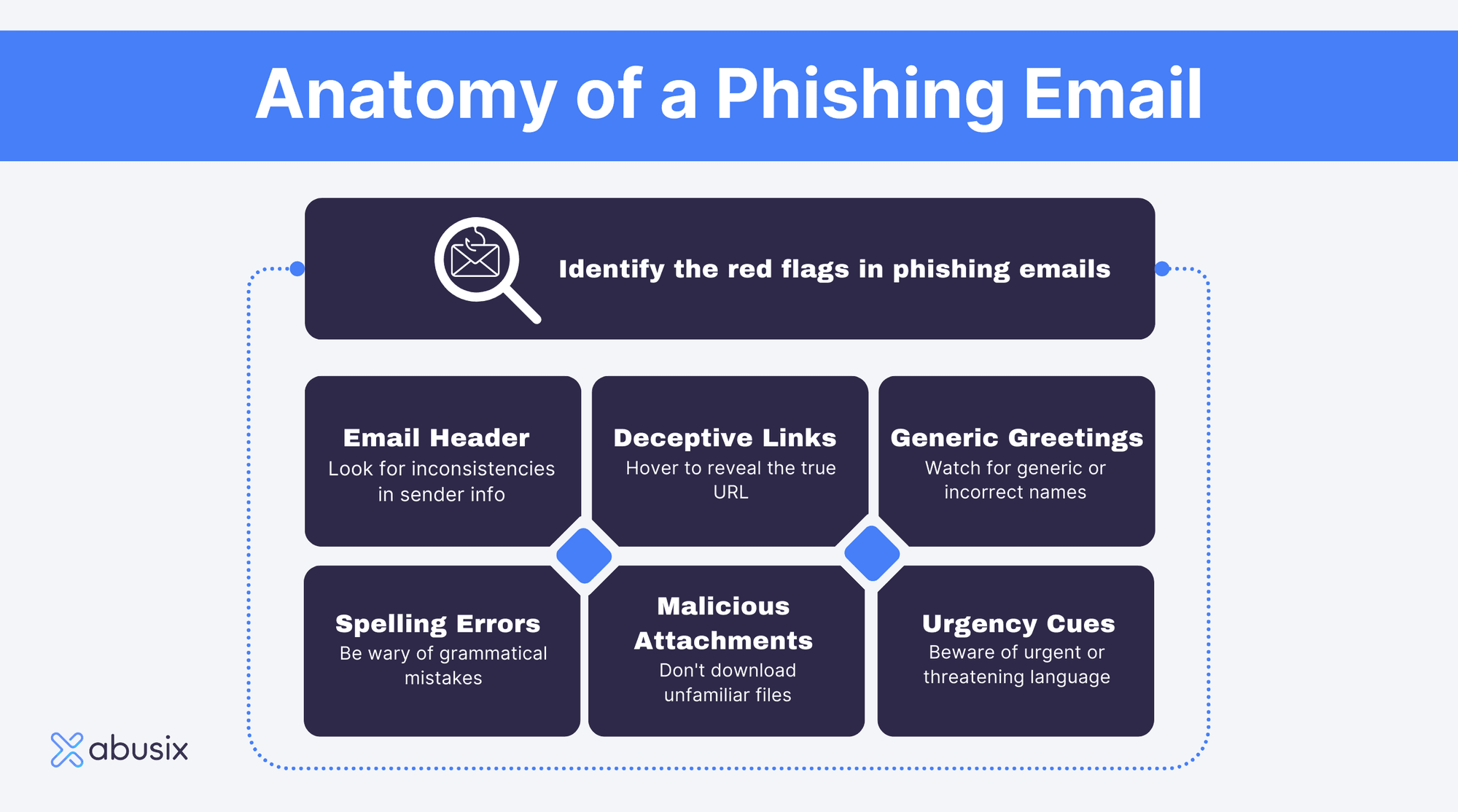Threat intelligence is supposed to help security teams detect and respond to threats faster. But here’s the brutal truth: if your data is full of false positives, no amount of automation will save you.
In fact, automating bad intelligence just speeds up failure.
Imagine a self-driving car with a faulty GPS. It doesn’t matter how advanced the car is—it’s still going to end up somewhere it shouldn’t be. The same applies to threat intelligence. Without high-quality, unique, and verified data, automation only makes bad decisions faster.
Let’s break down why false positives are the real enemy and how you can fix them before automation amplifies the problem.
The False Positive Epidemic
1. Automation Can’t Think—It Only Reacts
Security automation tools—whether SIEM, XDR, SOAR, or AI-driven platforms—rely on the data they ingest. If that data is riddled with false positives, these tools will:
❌ Block legitimate traffic based on bad indicators.
❌ Trigger unnecessary alerts, drowning security teams in noise.
❌ Delay response to real threats because teams are stuck investigating junk.
Example:
🔹 A Fortune 500 company automated threat blocking based on a third-party feed. Result? They accidentally blocked thousands of customer IPs because the feed had outdated data. It took days to undo the damage.
👉 Read more from Gartner on the risks of low-quality threat intelligence
2. The Cost of False Positives
False positives aren’t just annoying—they’re costly.
🔹 Wasted Analyst Time – Every unnecessary investigation takes analysts away from real threats.
🔹 Blocked Business Operations – Flagging legitimate emails, transactions, or IPs disrupts normal business functions.
🔹 Delayed Incident Response – When analysts are drowning in alerts, actual cyberattacks slip through.
📉 A study by the Ponemon Institute found that teams spend 25% of their time dealing with false positives. That’s a quarter of your security team’s resources—gone.
👉 Read the full Ponemon report on security inefficiencies
How to Fix It: Quality Over Quantity in Threat Intelligence
1. Prioritize High-Quality, Unique Threat Intelligence
The best threat intelligence isn’t about collecting more data—it’s about collecting the right data.
✅ Verified indicators with minimal false positives.
✅ Unique intelligence not available in every free/open-source feed.
✅ Timely updates to remove stale or inaccurate threats.
👉 Check out Abusix’s curated threat intelligence feeds
2. Focus on Context-Rich Intelligence
A raw list of IP addresses, domains, and hashes doesn’t tell the full story. High-quality intelligence should include:
🔹 Threat actor attribution – Who is behind this threat?
🔹 Behavioral patterns – How does this threat behave across networks?
🔹 Attack correlation – Is this part of a larger campaign?
Example:
Instead of blocking a domain just because it appeared on a blacklist, check its history—has it been consistently malicious, or was it compromised and later cleaned?
👉 MITRE ATT&CK provides context-rich threat mapping
3. Use AI to Enrich, Not Just Automate
🔹 AI should help filter out false positives, not just execute predefined rules blindly.
🔹 Machine learning models should analyze behavioral patterns rather than rely solely on static indicators.
🔹 Human analysts should continuously fine-tune AI models to improve accuracy over time.
📈 A well-trained AI model can reduce false positives by over 50%, according to IBM’s cybersecurity research.
👉 IBM’s latest AI-driven security research
4. Implement a Feedback Loop to Improve Intelligence Over Time
Great threat intelligence isn’t static—it evolves. A proper feedback loop ensures:
✅ Analysts can flag false positives, improving future detection.
✅ Threat feeds adapt dynamically, removing outdated indicators.
✅ Your security stack gets smarter, not just faster.
🔹 Security teams that implement continuous feedback loops see a 60% reduction in false positive rates. (Source: Forrester)
Final Thoughts: Don’t Automate Garbage
Bad intelligence + automation = faster failure.
If your threat intelligence isn’t accurate, unique, and well-vetted, automation won’t fix it—it will only magnify the problem.
The real solution? Start with high-quality, context-rich threat intelligence. Once you have that, then—and only then—should you automate.
Looking for smarter, high-fidelity threat intelligence? See how Abusix can help.




